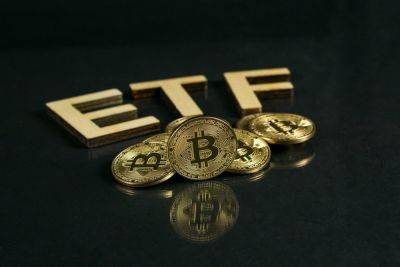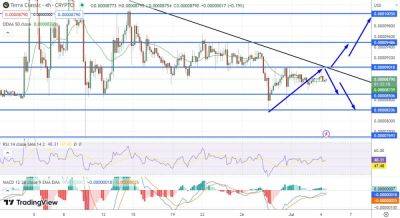Fed rate pause triggers traders’ pivot to stocks — Will Bitcoin catch up?
After a momentary retest of the $25,000 support on June 15, Bitcoin (BTC) gained 6.5% as bulls successfully defended the $26,300 level. Despite this, the general sentiment remains slightly bearish as the cryptocurrency has declined by 12.7% in two months.
The dismissal of Binance.US's temporary restraining order by United States district court Judge Amy Berman Jackson is somewhat related to investors’ sentiment improving. On June 16, the exchange reportedly reached an agreement with the U.S. Securities and Exchange Commission (SEC), avoiding the freeze of its assets.
On a longer timeframe, the global regulatory environment has been extremely harmful to cryptocurrency prices. Besides the SEC trying to unilaterally label exactly which altcoins it views as securities and litigating with the two leading global exchanges, the European Union signed the Markets in Crypto-Assets (MiCA) regulations into law on May 31. This means crypto businesses have set timelines to implement and comply with MiCA’s requirements.
Curiously, while Bitcoin’s performance has been lackluster, on June 16, the S&P 500 index, reached its highest level in 14 months. Even with this recovery, JPMorgan strategists expect the rally to come under pressure in the second half of 2023 "if growth stalls in absolute terms."
Investors will keep their focus on the U.S. central bank, with Fed Chair Jay Powell set to testify before the House Financial Services Committee on June 21 and the Senate Banking Committee on June 22 morning as part of his semi-annual testimony before lawmakers.
Let’s look at Bitcoin derivatives metrics to better understand how professional traders are positioned amid weaker macroeconomic perspectives.
Margin markets provide insight into how
Read more on cointelegraph.com





















